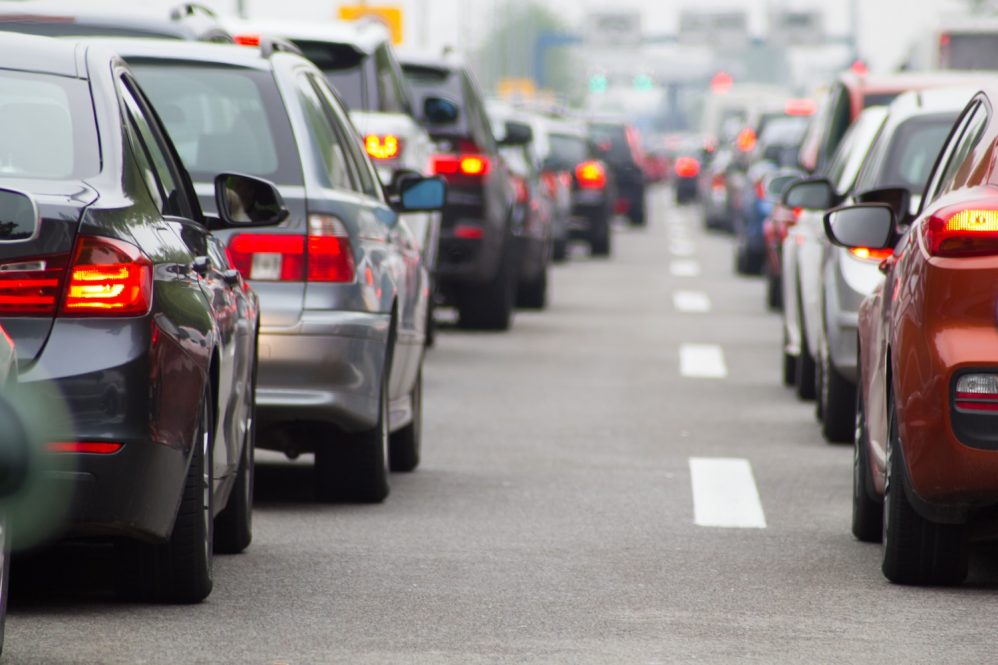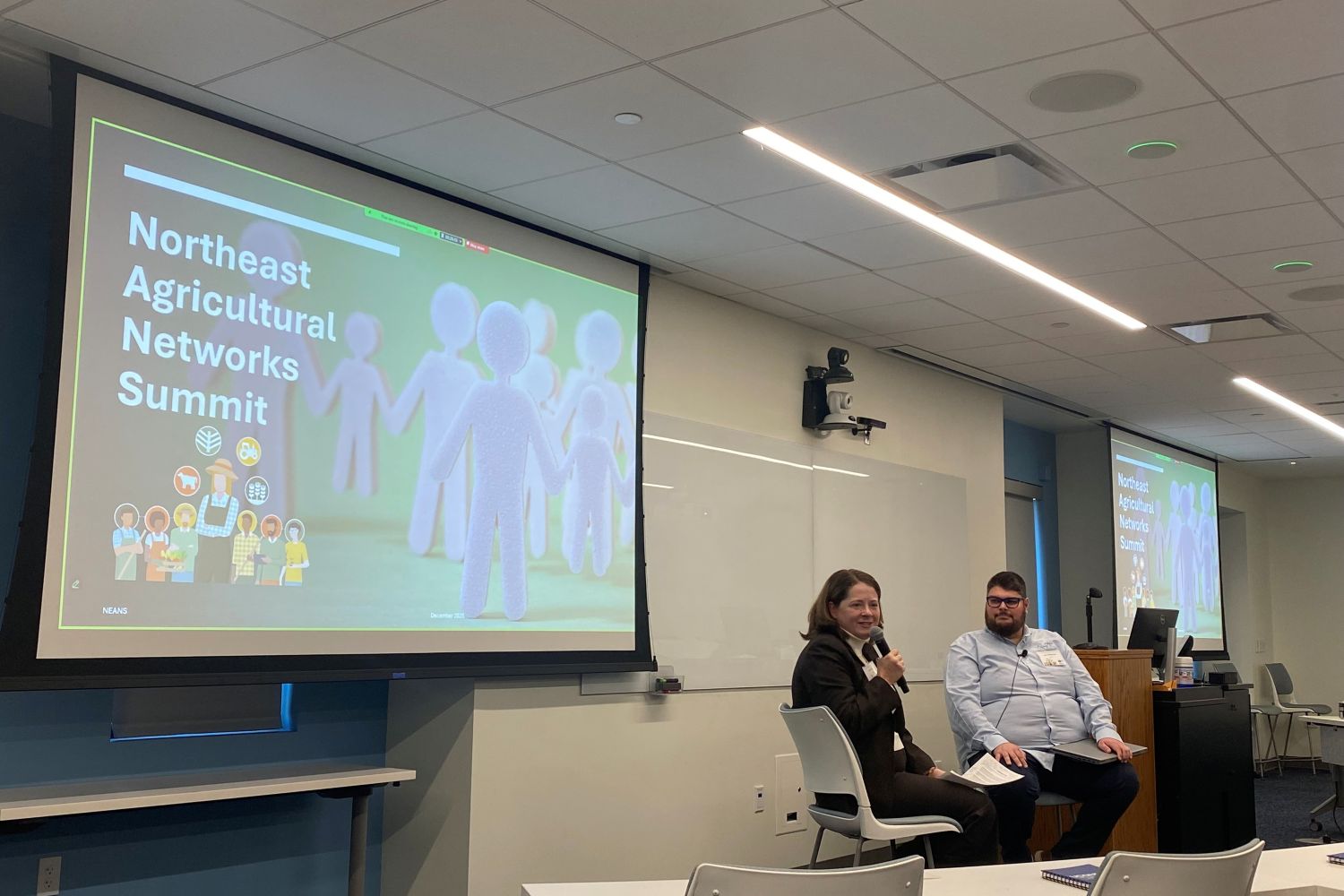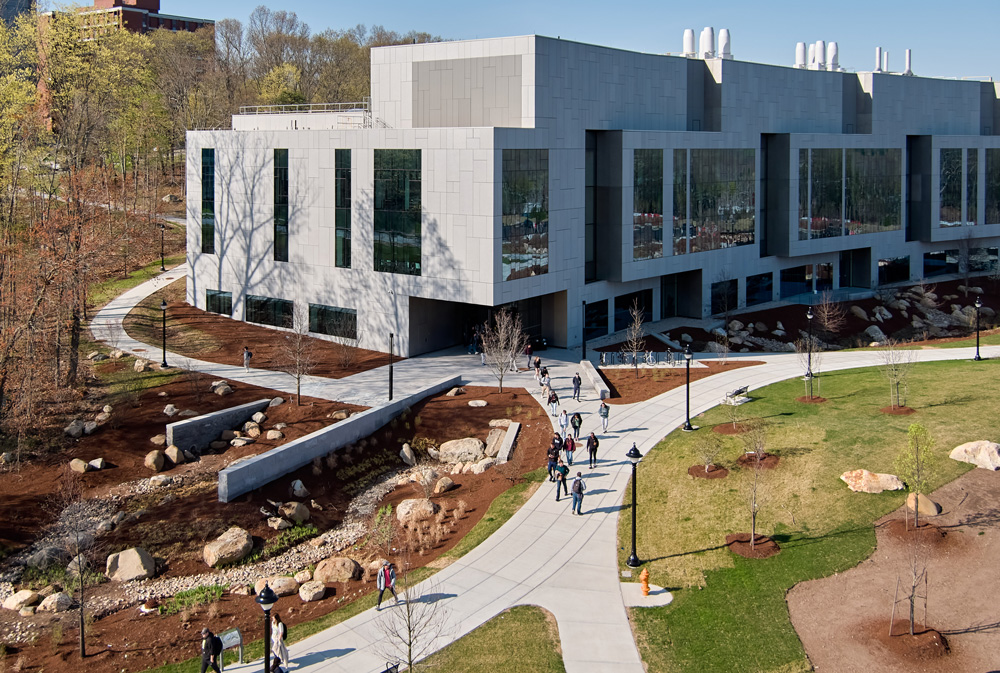American households that own cars spend more than $5000 per vehicle each year, but dependence on cars has more disparate impacts on Black households compared to white households, a new geography study found.
Black households that own cars spend 4% more on transportation than white households with cars. Black households that do not experience poverty also spend an average of $882 more per car annually than white peers.
The transportation costs are even more burdensome for Black households who are experiencing poverty. Those families spend an average of $1,115 more per car annually compared to white households.
The study, published in the journal Transportation Research Record by recent Department of Geography, Sustainability, Community, and Urban Studies graduate Quinn Molloy ’24 Ph.D., evaluated the impact of car dependency on equity and sustainability in the United States.
Molloy and her colleagues wrote about their findings in their analysis “Black Households Are More Burdened by Vehicle Ownership than White Households.” They showed that while the country’s transportation system comes at a high cost all around, it is especially burdensome for Black Americans.
“It is intuitive that people in the United States who have had systemically suppressed income, who have had to bear the larger burden of transportation infrastructure running through segregated neighborhoods have different and worse outcomes when it comes to transportation spending,” Molloy says. “It’s not so surprising.”

Molloy says America’s transportation system, apart from a few metropolitan areas like New York City, coerces residents to own a car to be able to complete basic tasks.
Not owning a car could mean lack of access to jobs, social events, healthcare, groceries, and many other necessities. This also means Black households do not benefit from government funded investment in vehicle-oriented infrastructure.
The study found that when it came to households that owned vehicles, 76% of Black households are burdened by transportation costs, meaning they spend over 15% of their income on transportation, compared to 60% of white households.
Several factors contribute to this burden, including insurance and gas costs, as well as loans and leasing practices.
In households with two adults and no children, Black households spent an average of $2,545 a year on car insurance compared to their white counterparts who spent $1,880, the study showed. Black households also spend $185 more each year on gas, despite owning fewer cars.
According to the study, America’s transportation system is heavily reliant on cars and has been highly influenced by “historic, racially motivated development patterns where predominantly Black neighborhoods were the target of urban renewal and associated highway building.”
Molloy says the research highlighted the need for diverse solutions to America’s over-reliance on cars.
“What is important about our work in framing it around equity and sustainability is this idea that we do compel people to use cars in this country,” Molloy says. “We have a coercive system in transportation where you are generally at a disadvantage if you don’t have a car, but that’s often framed as a choice for people.”
Molloy, who took an interdisciplinary approach to her dissertation working with Carol Atkinson-Palombo, a professor of Geography, Sustainability, Community, and Urban Studies; and Norman Garrick, an emeritus professor in the College of Engineering, said working across the two disciplines allowed her to look more holistically at how infrastructure “impacts people in the real world and how things like transportation planning and transportation engineering are not math puzzles.”
“They are human beings with lives that are impacted by the world that is built for them, and that is really important,” Molloy says.
Atkinson-Palombo and Garrick have been collaborating to mentor graduate students for over a decade. Atkinson-Palombo say the partnership began organically due to their shared interest in the “role that transportation played in making cities functional or not.”
“It’s been helpful for the students because they are getting different intellectual perspectives on the same topic,” Atkinson-Palombo says.
Garrick says it is not typical for engineers to look at transportation in a more holistic manner that goes beyond just how things move or the technology.
“Pairing geography with engineering brings more of the human side of the equation to the table which I think is absolutely essential, but it’s not done enough in transportation,” Garrick says.
Molloy, who now works as a transportationhopes her findings compounded with other studies on the impact of transportation lead to policy changes that bring more diverse modes of transportation to localities.
“Our main stance here is that this is a problem for everyone and the best way to help address issues of equity is to provide this for everyone,” Molloy says. “So. it’s not just transit for people who can’t afford to have a car — it’s transit for everyone because it’s good transit.”



